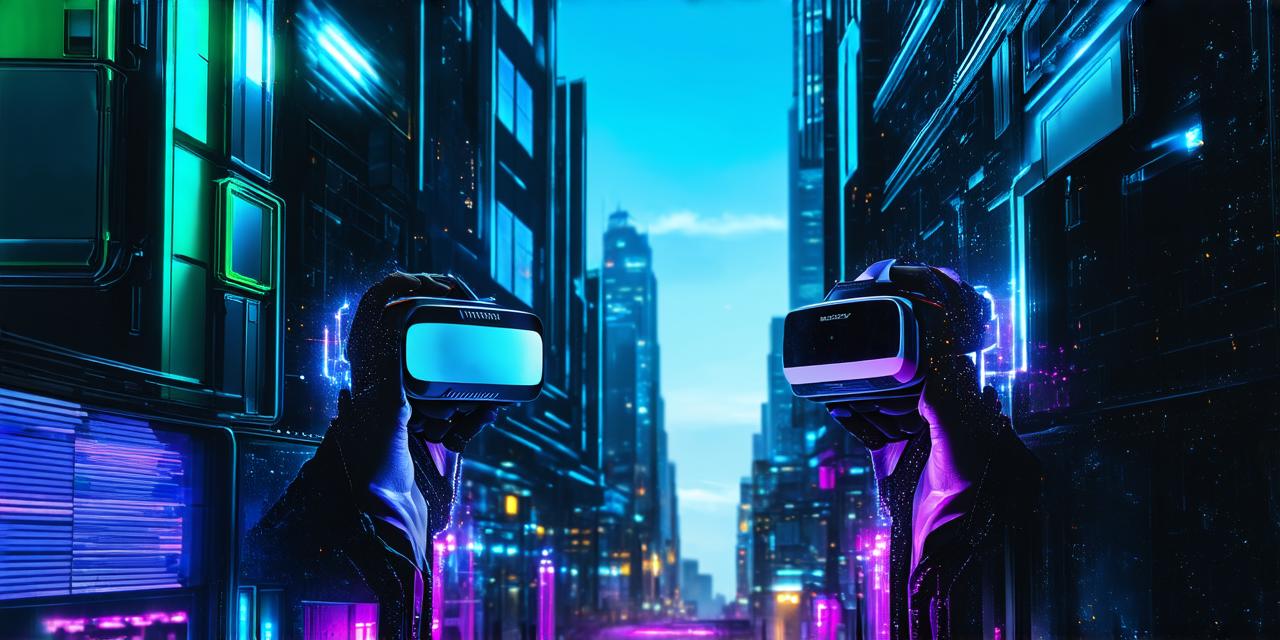
When will virtual reality become accessible?
Virtual reality (VR) is an exciting technology that has the potential to revolutionize the way we interact with the world around us. With its ability to create immersive and interactive experiences, VR has already found applications in fields such as gaming, education, and healthcare.
However, despite these successes, VR remains a niche technology that is not yet accessible to the majority of people.
In this article, we will explore the current state of VR accessibility and discuss the factors that are driving its adoption. We will also examine the challenges that must be overcome before VR can become a mainstream technology, and provide an analysis of the future prospects for this exciting field.
Current State of VR Accessibility
According to recent market research, the global VR market is expected to reach $80 billion by 2026. While this represents significant growth, it is still a relatively small market compared to other emerging technologies such as artificial intelligence (AI) and 5G.
One of the main barriers to VR adoption is the high cost of hardware. At present, VR headsets can cost anywhere from $400 to $2,000, making them inaccessible to many consumers. Additionally, the cost of software development for VR experiences can be prohibitive, further limiting the number of developers who are able to create content for this platform.
Another challenge facing VR is its limited availability in terms of content and applications. While there are now a number of games, educational programs, and other applications available for VR, the selection is still relatively small compared to traditional computing platforms such as desktops and laptops.
Finally, there is the issue of usability and accessibility. VR experiences can be disorienting and difficult to navigate, particularly for users who are not familiar with the technology. This has led to concerns about the long-term impact of VR on human health and wellbeing, as well as questions about its potential role in education and other fields.

Factors Driving VR Adoption
Despite these challenges, there are a number of factors that are driving VR adoption. These include:
- Advancements in technology: As hardware and software become more powerful, VR experiences are becoming more immersive and interactive. This has led to increased interest from both consumers and developers.
- Growing demand for immersive experiences: There is a growing demand for experiences that provide a sense of presence and engagement. VR offers a unique way to achieve this, by providing users with a fully immersive environment that they can interact with in real-time.
- Increased availability of content and applications: As more developers create content for VR, there is an increasing selection of games, educational programs, and other applications available. This has made it easier for consumers to find experiences that suit their interests and needs.
- Reduced cost: While VR hardware can still be expensive, there are now a number of affordable options available, such as Google Cardboard and Samsung Gear VR. Additionally, many developers are creating content that is optimized for mobile devices, making it possible to access VR experiences on smartphones and tablets.
- Increased interest from businesses: As VR technology becomes more mature, there is growing interest from businesses in using it to enhance customer experiences, train employees, and streamline operations. This has created a new market for VR content and applications.
Future Prospects for VR
Despite the challenges facing VR, there are strong indications that this technology will continue to grow in popularity over the coming years. Some of the factors driving this growth include:
- Continued advancements in technology: As hardware and software become more powerful, VR experiences will become even more immersive and interactive. This is likely to lead to increased adoption by consumers and businesses alike.
- Increased availability of content and applications: As more developers create content for VR, there will be an even greater selection of games, educational programs, and other applications available.


